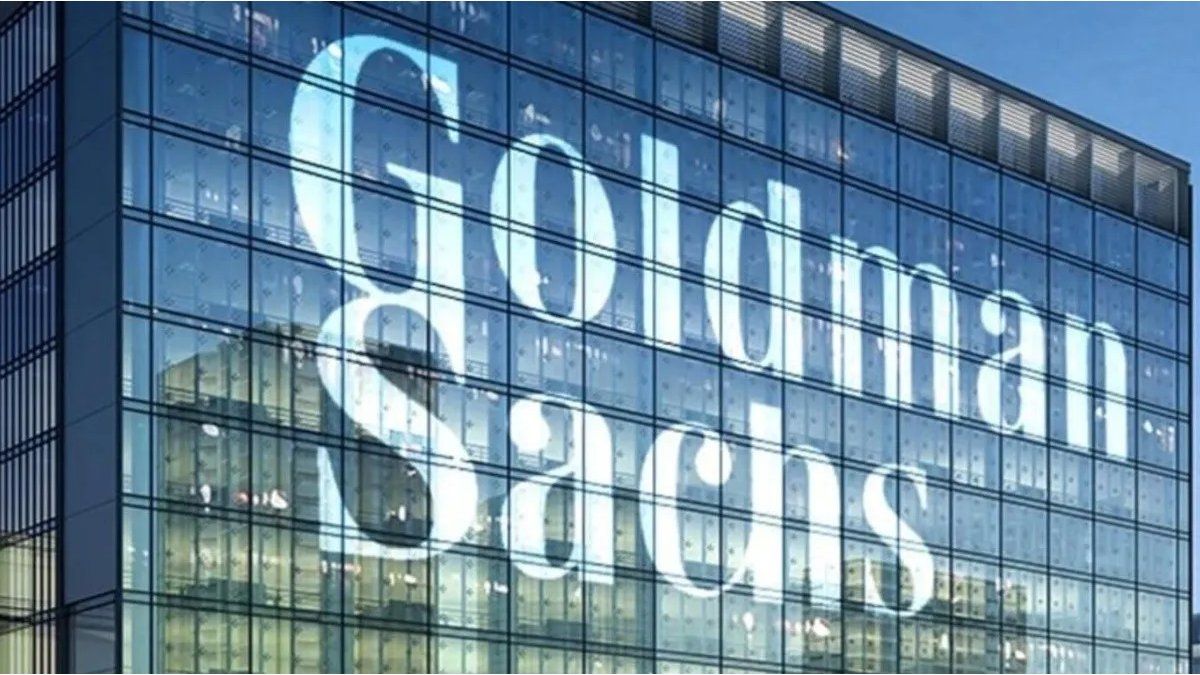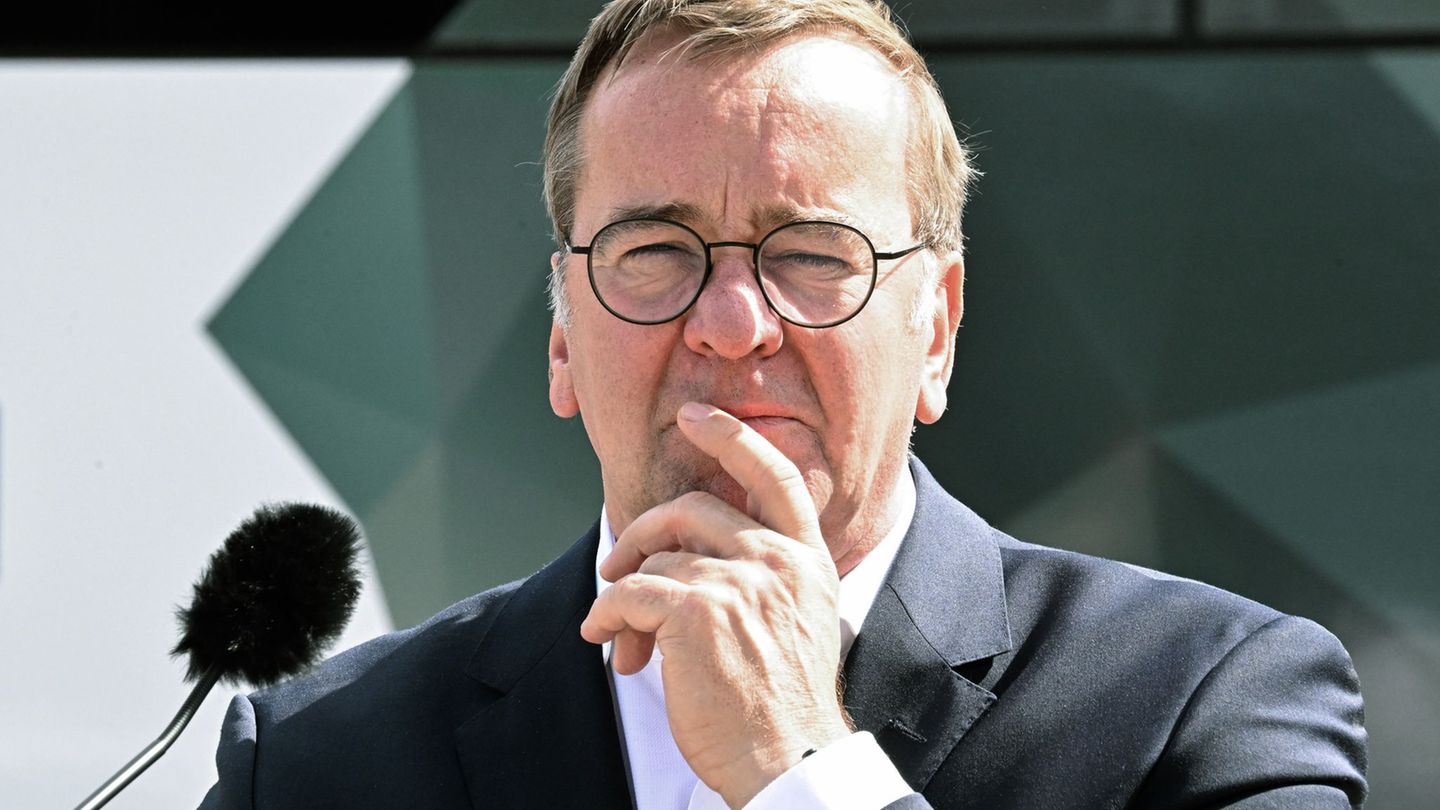The rate hike cycle of the US Federal Reserve has claimed some victims. Meanwhile, the credit agency, at the local level, grants but demands.
Churchill said: if you are going through a storm, then you have to keep walking. Two events that occurred in the last hours work in this vector form. On the one hand, the announcement of the new goals with the IMF. On the other, the crisis affecting the banking sector in the United States. They frame. The most important fact is that, in the analysis, it will be necessary to add, now, everything that appears on the horizon. Mrs. Georgieva, for example, announced yesterday that the reserve accumulation targets are being modified as a result of the drought, but she maintains the fiscal deficit target of 1.9% of GDP for 2023. She makes the target more flexible and will require about US$2 ,000 M less this year. But instead he argued that a stronger policy package is needed to safeguard stability (and pay off the debt). And incidentally, he warned that he will take “measures” to address the fiscal costs of the “unforeseen” approval of the pension moratorium. And he remembered: positive rates and not using reserves to intervene in the parallel exchange market.
The content you want to access is exclusive to subscribers.
To that challenging scheme is added a more complicated context. The rate hike cycle comes from claiming some victims. It is known: the Federal Reserve (Fed) seeks to worsen financial conditions, induce a recession, lower the inflationary pressure generated by the war.


In the meantime, those who were accustomed to using cheap money to maintain their business suffered. Technological ones, for example. Credit became more expensive, Treasury bonds became cheaper, banks trembled.
He Silicon Valley Bank (SVB) sought capital, launched a share offer but, within hours, went bankrupt. In a few hours, it lost deposits for the equivalent of some US$43,000 million, almost a loan with the IMF in Argentina. There was, and is, fear of the depositors of entities
similar des and regional banks. But, at the same time, from companies that have deposits. There was contagion in other banks like Silvergate and Signature. All closed. There appears the famous “wall”, which is the sum of the resources of the Fed, the Treasury and the FDIC, which gives the guarantees. Politically, the signals were mixed: first Yellen said there was no bailout, then he bailed out depositors and lent on Treasury bonds still in banks’ portfolios.
The next few hours will be key. At the end of the cycle, it will be necessary to see if the Treasury bond rates fall (less expectation of sudden adjustments by the Fed), the value of these titles recovers and the danger of losses in the entities decreases. For now, odd scenario. Arid. Attention.
Source: Ambito




